Reasons for a Pet Specialized Pharmacy
Pharmacies are an integral part of our healthcare system, and we’re not just talking about for...
Turns out, animals can’t really verbalize what’s going on all the time. In the Wild is a collection of pieces to help close that communication gap while growing the love and understanding between animals and those who care for them.

Pharmacies are an integral part of our healthcare system, and we’re not just talking about for...

In veterinary medicine, sedatives and tranquilizers are commonly used in animals to produce...
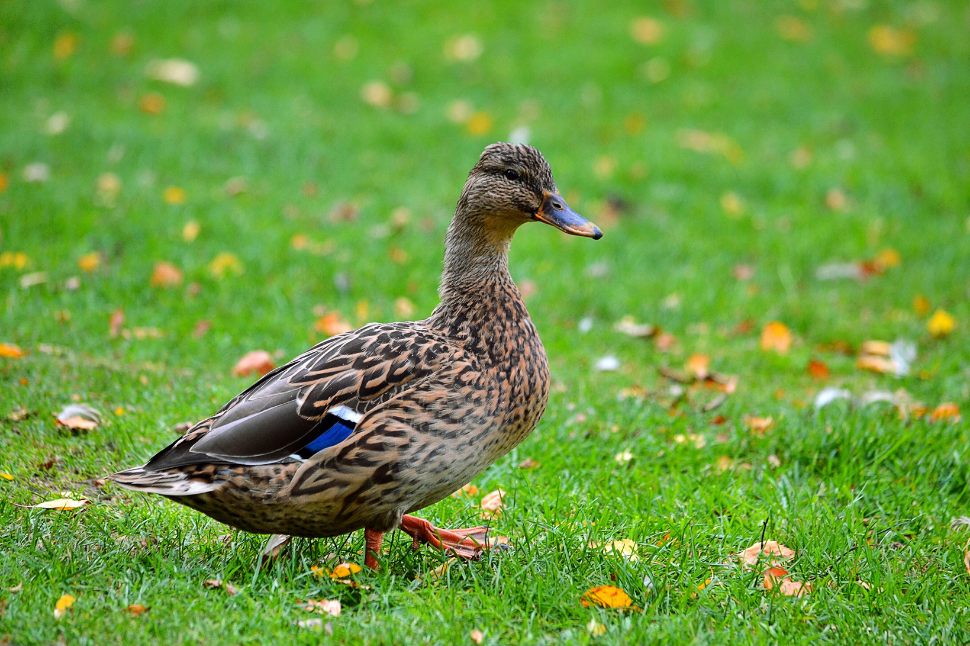
Capture-recapture methods have a long history in the study of fish and wildlife populations. The...
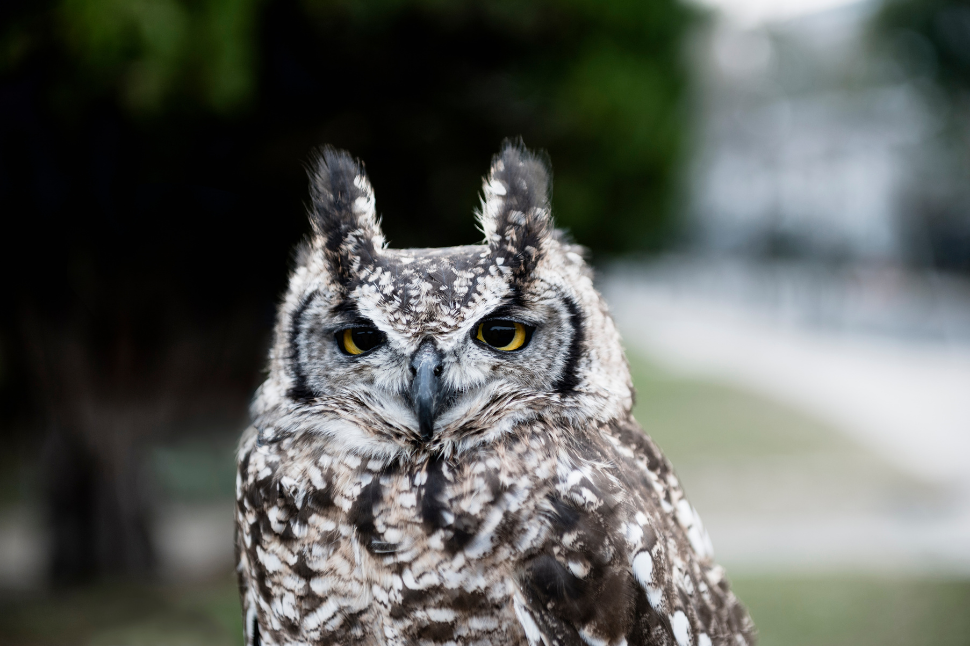
Chemical restraint is often necessary when dealing with both domestic and exotic animals. In the...
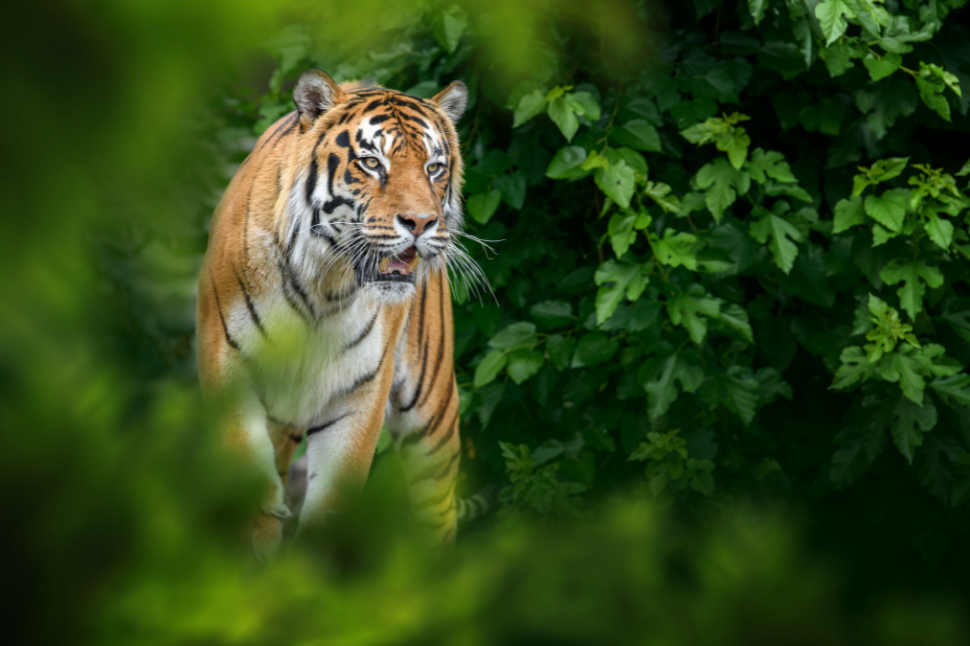
Zoos have been around for many centuries in various forms. Wall carvings found in Egypt and...
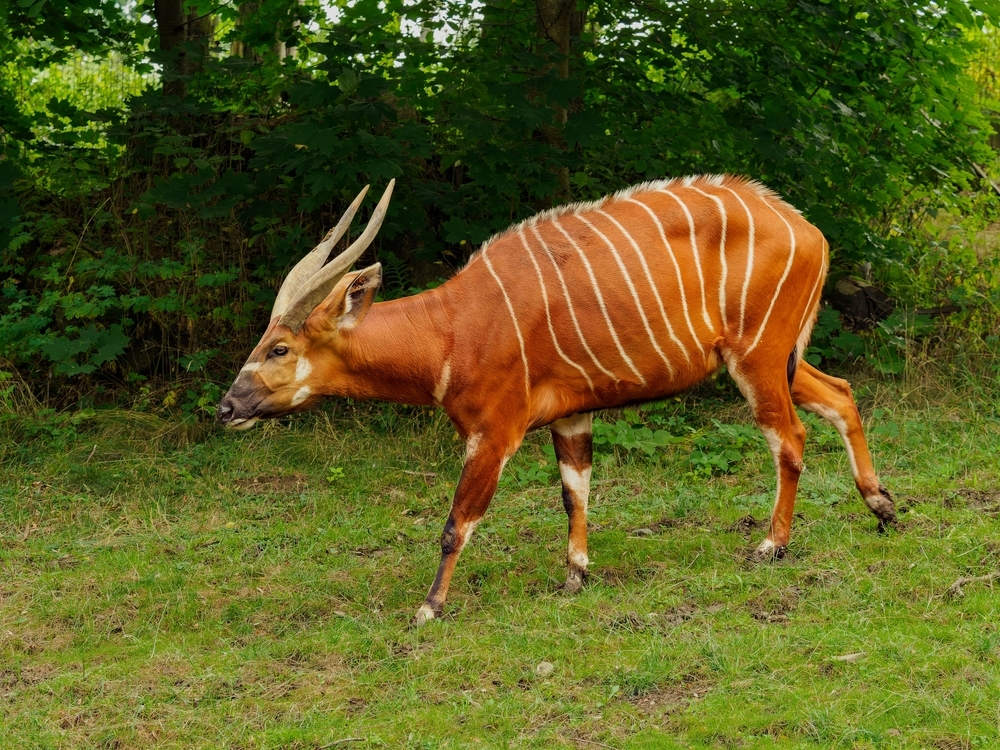
The bongo (Tragelaphus eurycerus) is an African antelope species found in the lowland forests from...
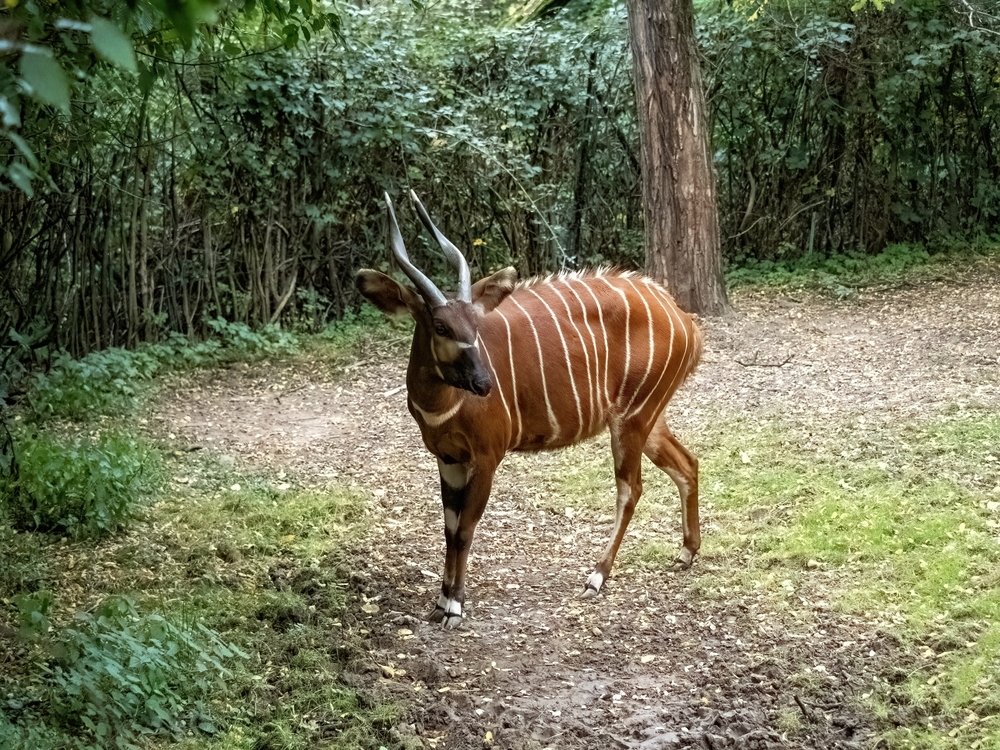
The bongo is the largest and most colorful of the forest African antelopes. Males range in weight...

This February, show your pet’s smile some love! February is National Pet Dental Health Month, the...

Using the Mark and Recapture (or “Capture-Mark-Recapture”) technique, biologists, researchers or...
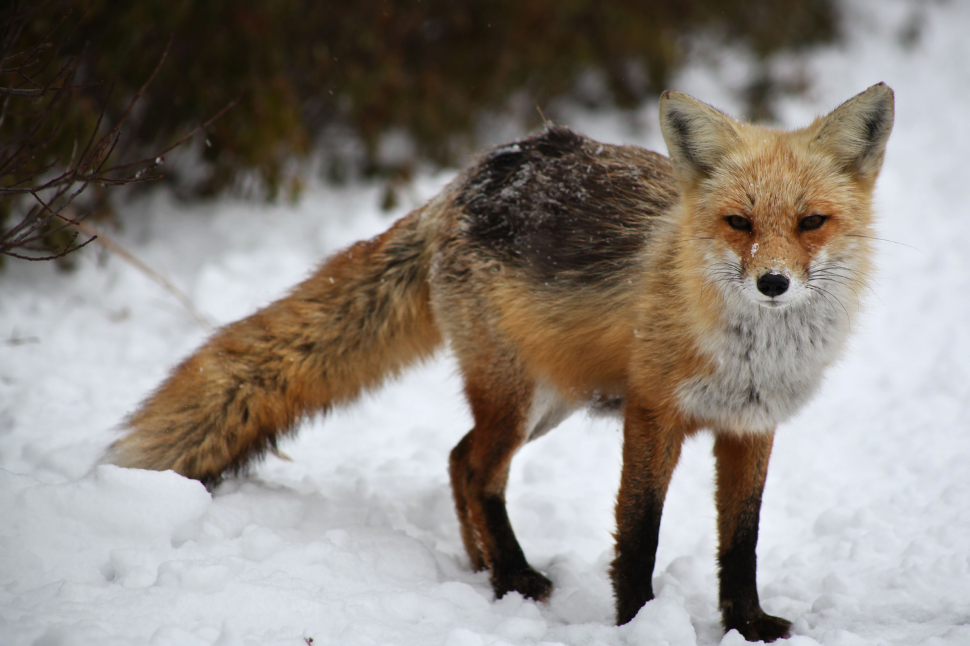
Unlike earlier times in human history, the need for capturing wild animals today extends far beyond...
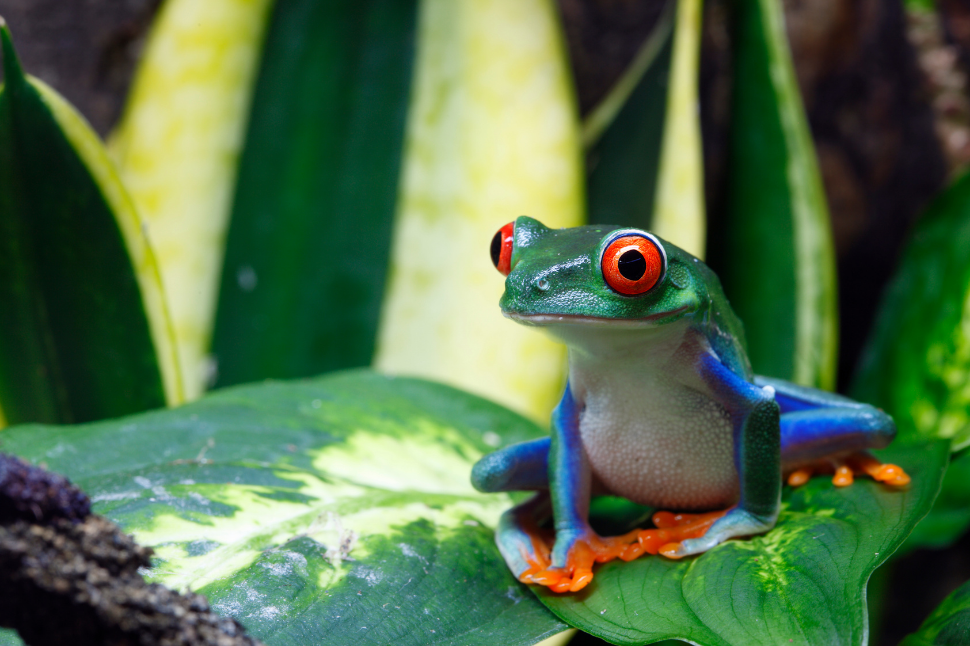
It is often necessary for biologists and wildlife managers to estimate the population size of wild...
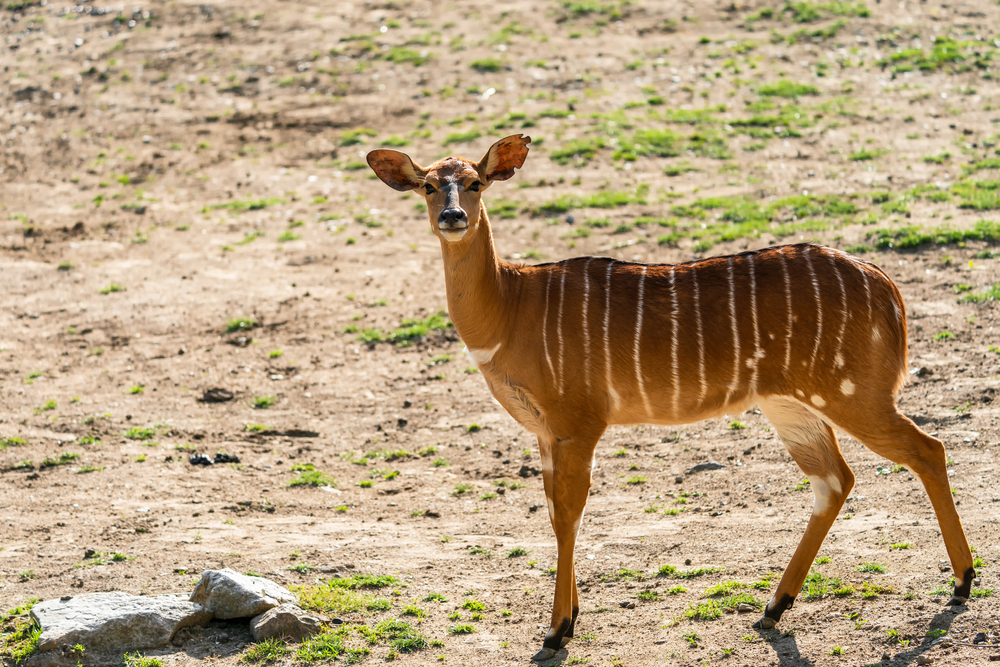
The bongo antelope (Tragelaphus eurycerus) is found in the lowland forests from Sierra Leone in...

The Mark-Recapture technique is a method used to estimate the size of populations, and the...
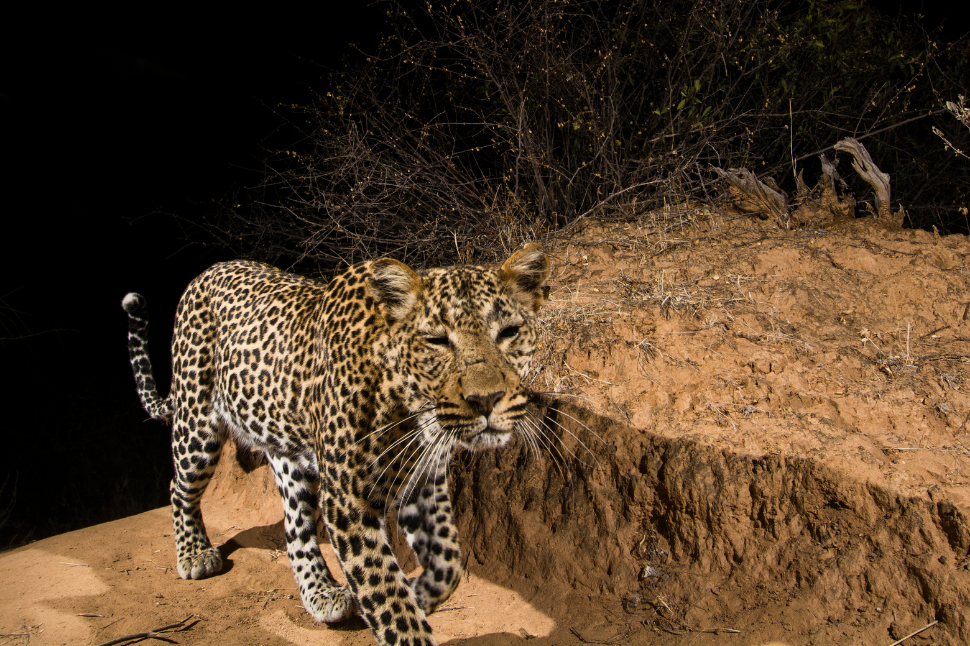
When wildlife biologists require absolute estimates of a population size, they rely on alternative...
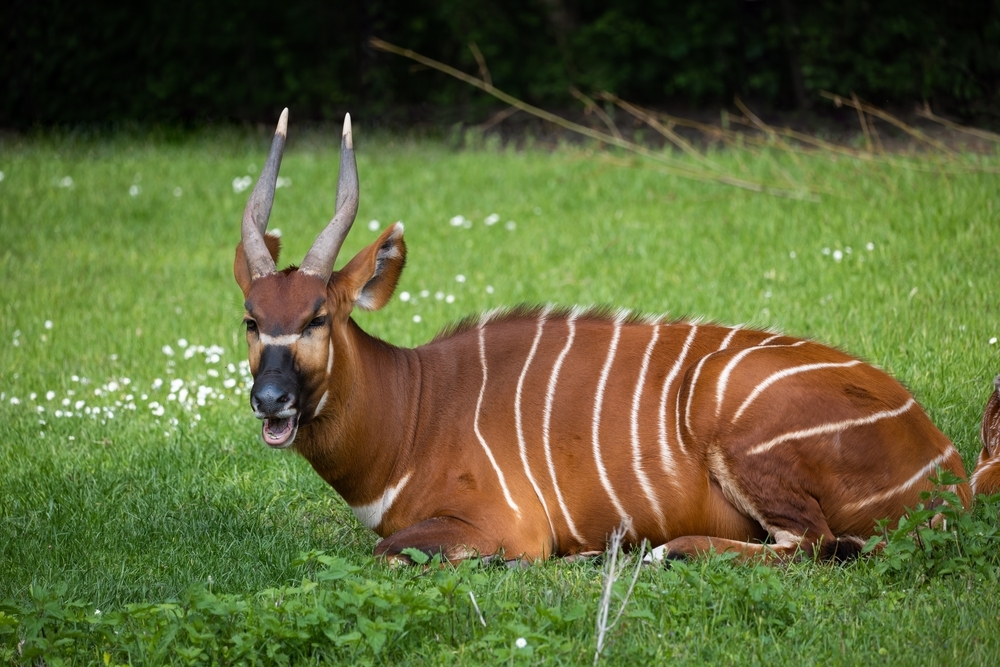
The bongo (Tragelaphus eurycerus) the largest and most colorful of the African forest antelopes. It...